Babies Babies Humidifiers for children: when to use them, how to choose them and what types there are
When we have a baby or very young children, it is important to maintain adequate temperature and humidity in the home. An environment that is too dry or too humid (as well as excessively hot or cold) can negatively affect the health of the child, but also that of the whole family. We are now talking about the humidifier for children: when to use them, how to choose them and what types there are.
The ideal humidity level to maintain at home is between 30% and 40%: to calculate it we can use a hygrometer (an instrument that measures the relative humidity of the air) if our thermostat does not already have this function.
Humidifier for children
However, if we realize that the humidity level in our house is too low, we can easily remedy it by using a humidifier or a device that, by emitting water vapor, makes the environment more humid.
There are so many models on the market, the simplest can cost as little as twenty euros: even their use and maintenance is quite easy, which is why humidifiers are found in almost every home, especially if there are children!
In fact, making the air more humid becomes particularly important when you have a cold or cough, which unfortunately often accompanies the little ones for several months of the year: too dry air risks inflaming even more already compromised airways.
However, before buying a humidifier for children, it is better to learn more about this product: what are the types on the market? How is it used? What are the key features that every humidifier should have?
What types of humidifiers are there?
There are different ways to make the air in a house (or a room) more humid, and for this there are different types of humidifiers: let's see the main ones.
Evaporative humidifier:
As the name suggests, it makes the air more humid by evaporating water; An example is humidifiers that are connected to radiators, but the same result is obtained by placing a water fountain on top of the radiator.
However, there are also cool air evaporative humidifiers, which are equipped with a filter that absorbs water: a fan then blows the air over the filter so that it is impregnated with moisture and is then released into the air.
These models have washable filters (others are disposable and must be changed periodically); It is very important to remember to clean or replace the filters as this component retains all the impurities in the water.
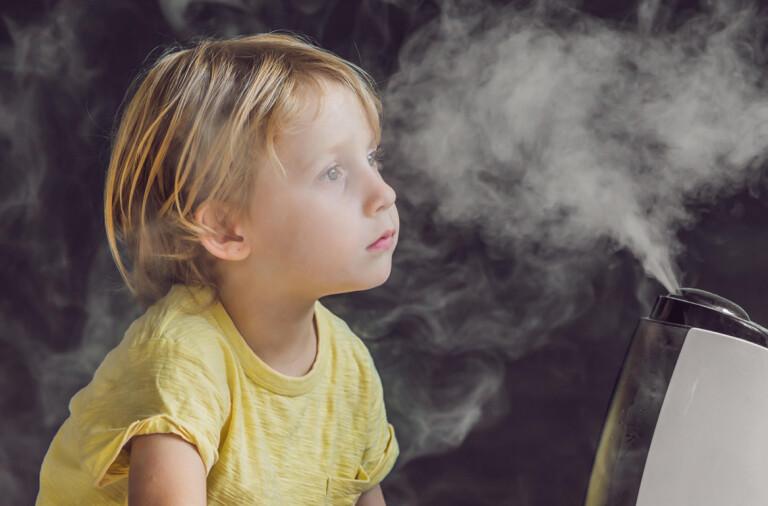
Keep in mind that a cool air humidifier will make the room feel cooler, so it would be better not to use it if the temperature is already low in the home, especially in the winter season.
They could also be more or less noisy due to the presence of the fan.
Warm mist humidifier
In these humidifiers there is no fan, the water is brought to a boil by a heating element and then the vapor caused by the boiling is released into the air.
When using them, it must be taken into account that the steam that is emitted is hot and, therefore, can contribute to giving a perception of greater heat in the room in which it is used.
May be quieter than a cool air humidifier (not necessarily, depending on models), but unfortunately warm mist humidifiers are more subject to limestone or mold growth and therefore need to be cleaned with frequency: they also consume more energy. compared to models with a fan.
This type of appliance should be kept in a place that is inaccessible to the child since if he handles it, he could burn himself.
Ultrasonic humidifiers
They have lower power consumption than those with hot mist because these humidifiers don't have to boil water and therefore don't have a heating element.
They are able to humidify the air with ultrasonic vibrations that reduce water into a cool mist that increases humidity when dispersed in the environment.
They are very quiet, perfect to run during the hours of night rest: in fact, most humidifiers for children of this type adopt this technology.
Everyone tends to have a water filter, essential in an ultrasonic humidifier as the water is not boiled and therefore the impurities present inside (and any dirt that accumulates inside the device) can be disinfected properly.
As we already said, ultrasonic humidifiers on the market are usually equipped with a filter, but it is something you should pay extra attention to if you buy such a device.
Ultraviolet humidifiers
Perhaps the least common type of humidifier; The use of ultraviolet rays serves to sterilize the water from which bacteria are eliminated.
In this way, the water that is vaporized in the environment is completely clean.
Other types: humidifiers with ionizer, hygrometer and lights.
Some dehumidifiers have a built-in air ionizer: the ionizer is an electrical circuit that charges the air with ions; Negative ions bind to particles in the air (dust, pollen, smoke, etc.) and charge them with electrostatic energy.
In this way, all the impurities adhere to the surfaces of the house and are not dispersed in the environment, which makes the air cleaner.
Others, on the other hand, have an integrated hygrometer: it is therefore possible to keep the humidity percentage under control without having to buy a special detector.
Some models, especially those for children, have bright LEDs (colored or not) that stay on while the appliance is in operation; These humidifiers can also double as a night light for kids, but be careful if your child doesn't like sleeping with a light on as sometimes the light will default to being on if the device is running, but it can often be turned off. .
What is the range of a humidifier?
The range refers to the size of the room or room that the appliance can humidify and depends on the amount and density of steam it emits: the larger the surface to be humidified, the higher the range speed of the appliance.
In any case, in commercial humidifiers, the range tends to always be specified so let's always keep this in mind.
Incorrect range could cause the humidifier to not humidify the room as much or, on the contrary, it could cause the room to be too humid.
Battery or electric humidifiers?
Although there are some battery-operated humidifiers on the market, these are models that are used more as scent diffusers than anything else.
Therefore, they are small appliances that can be easily moved from one room to another, moreover, they are generally not used for many consecutive hours and therefore do not need particular power.
It is believed that these objects, more than anything else, create relaxing atmospheres and do not humidify the air in a room for easier breathing: humidifiers for children usually need to be connected to electrical current to work.
Humidifiers with power, humidity and timer regulation
If the most basic humidifiers have essential features, the slightly more expensive ones have a series of functions that can make our lives easier.
For example, some electrical appliances have a power or humidity regulator so that we can decide the amount or density of steam that we want to emit and the level of humidity that the room must reach.
Others have a timer that will allow us to set the humidifier to run for only a few hours and then turn it off or run all night (or all day).
Humidifier materials
It is essential that a humidifier is made of good quality materials: these devices, in fact, are constantly in contact with water and are subject to the formation of mold and limestone .
On the market there are humidifiers made with antibacterial materials: in any case, you should always remember to clean the appliance both inside and outside and clean or replace the air and / or water filters.
To reduce the accumulation of limestone, we can use filter bottles to demineralize the water with which we fill the humidifier.
Warm mist humidifiers have a heating element inside that boils the water, so they must be made of materials that can withstand high temperatures for a long time.

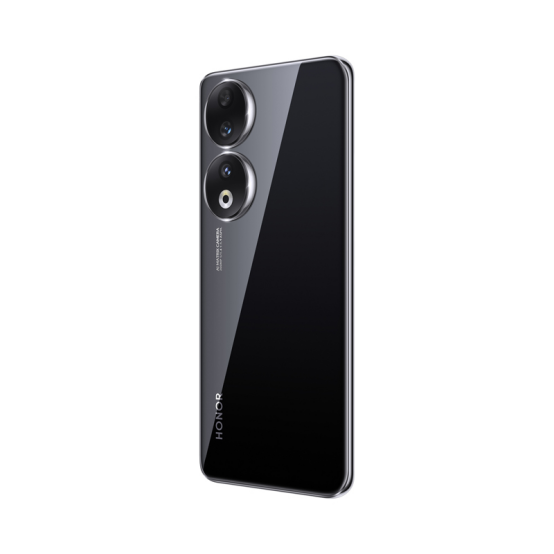
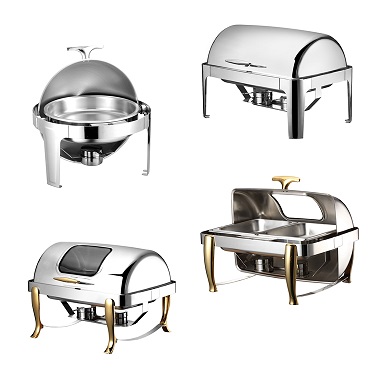
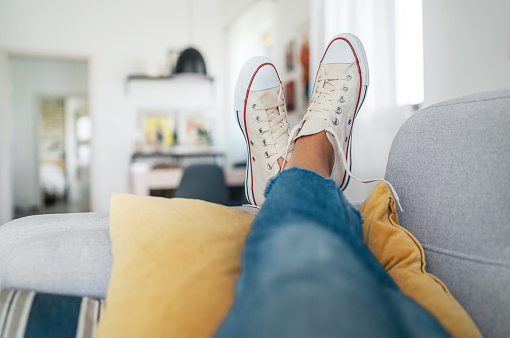
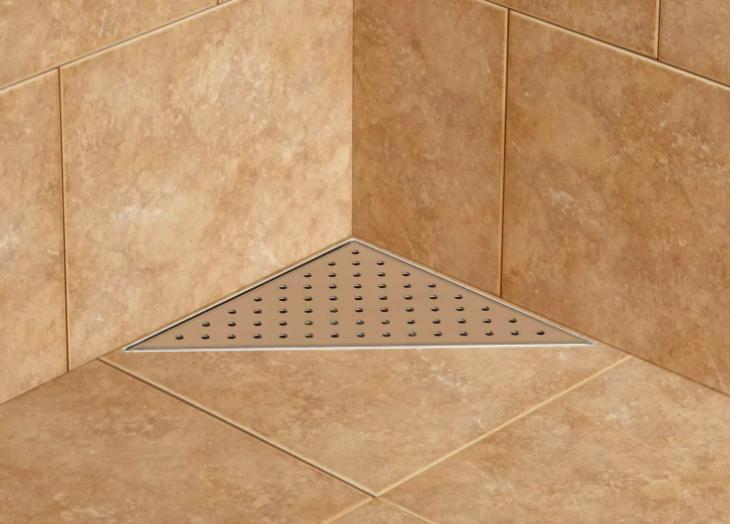

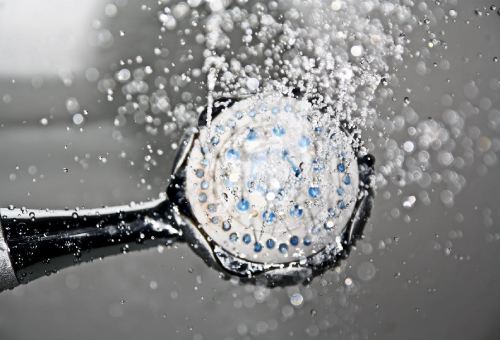
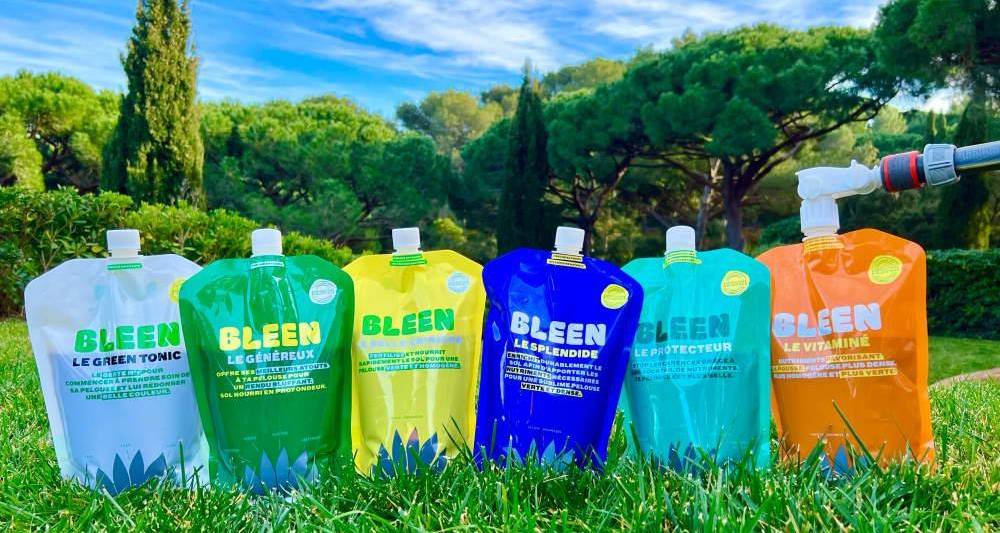
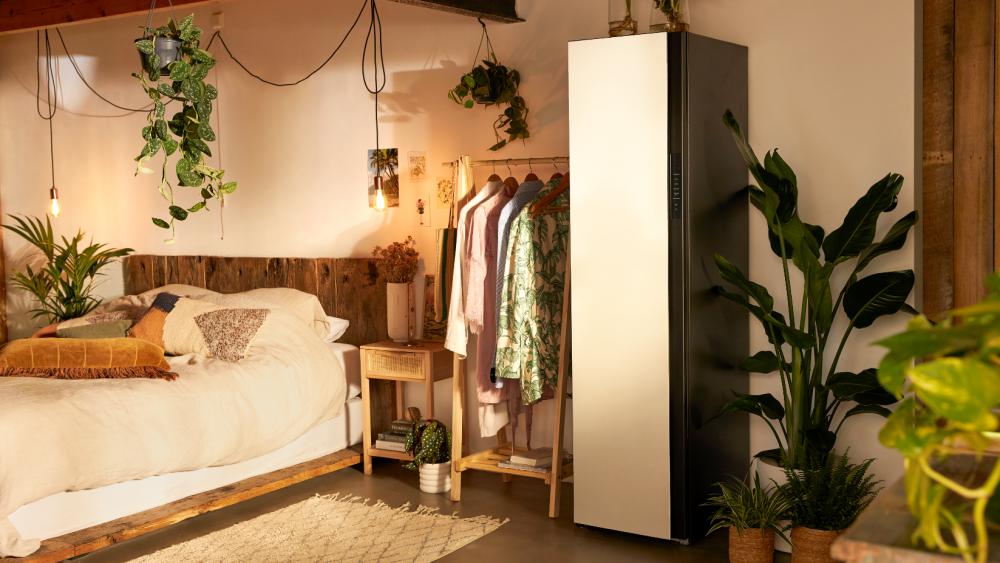
3891